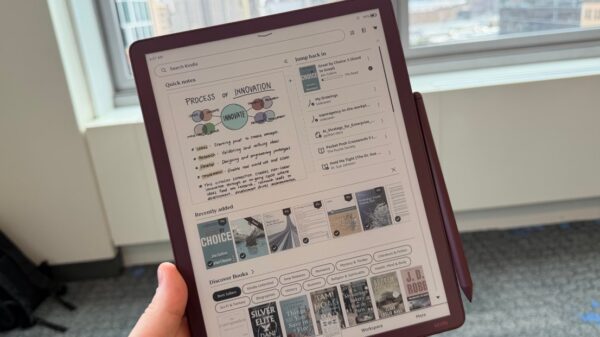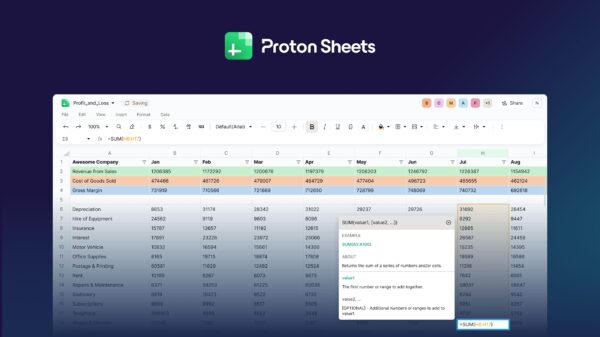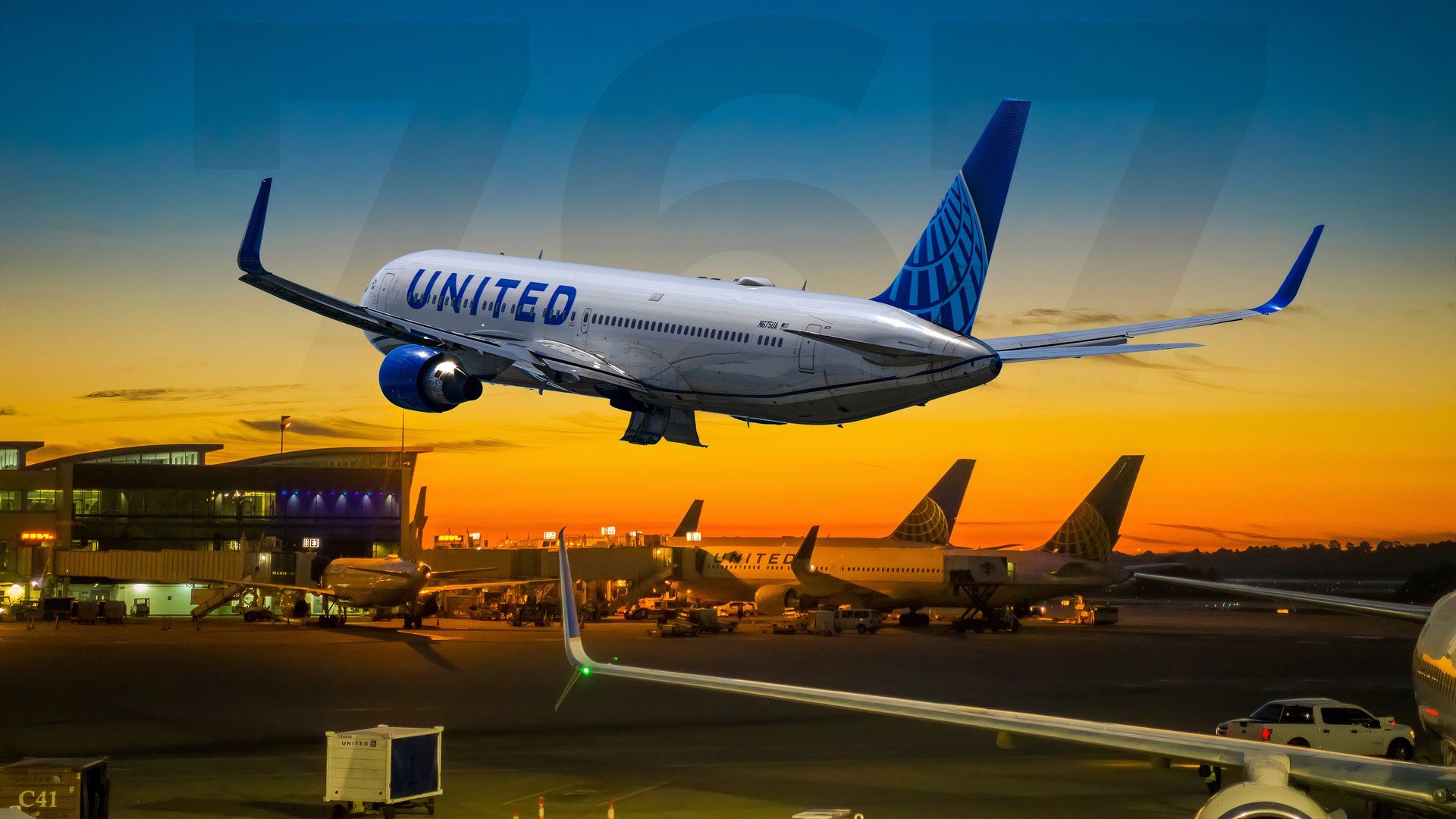United Airlines has announced plans to retire its entire fleet of Boeing 767-300ER aircraft by December 2027. This decision marks the end of over three decades of service for the aircraft, which has been a foundational element of the airline’s long-haul operations, particularly on transatlantic and transpacific routes. The move reflects a broader shift towards modernizing the fleet in response to economic, operational, and environmental factors.
The Boeing 767-300ER has been a reliable workhorse for United since its introduction on April 18, 1991. Over the years, the airline acquired a total of 37 of these aircraft, which were equipped with Pratt & Whitney PW4000 engines. The aircraft’s combination of range and fuel efficiency allowed United to expand its global footprint, launching key routes from Chicago and San Francisco to major destinations in Europe and Asia. However, as these planes age, their operational costs and maintenance demands have increased, prompting the airline to reassess their viability.
The Economic and Operational Shift
As United Airlines positions itself for future growth, it is investing in more fuel-efficient aircraft that align with its sustainability goals. The Boeing 767 fleet, some of which are now over 34 years old, no longer meets the airline’s standards for efficiency and passenger experience. The average age of the 767-300ER fleet is around 27.6 years, which has made operating these aircraft increasingly costly.
Fuel expenses account for a significant portion of an airline’s operational costs, typically between 25% to 30%. The Pratt & Whitney engines on the 767s, which were advanced in their time, now lag behind modern high-bypass turbofans, which can offer up to 20% better fuel efficiency. This growing disparity has made it clear that the 767s can no longer compete with newer models like the Boeing 787 Dreamliner, which United has ordered in significant numbers.
With a commitment to sustainability, United aims to reduce per-seat CO2 emissions by phasing out older aircraft in favor of the more efficient 787s. The Dreamliner is designed to provide up to 25% better fuel efficiency than the 767, utilizing composite materials that reduce weight and enhance performance. As the airline integrates the Dreamliners into its fleet, it anticipates not only operational savings but also improved customer satisfaction due to better cabin experiences.
Enhancing the Passenger Experience
Modern passenger expectations have also influenced United’s decision to retire the 767. The aircraft’s interior design and technology are outdated compared to newer models. For instance, the Polaris business class on the 767 features a 1-1-1 configuration, which, while offering direct aisle access, does not provide the same level of comfort and space as the 1-2-1 configuration found on the 787.
The Boeing 787 features a more spacious cabin design, enhanced seat width, and increased legroom, making it a more attractive option for long-haul travel. Additionally, the Dreamliner includes advanced features such as improved air quality and noise reduction, which further elevate the passenger experience.
The transition to newer aircraft also supports United’s commitment to providing consistent premium experiences across its fleet. Maintaining a modern and uniform cabin environment is essential for retaining loyal customers, especially on competitive transatlantic routes where airlines like Delta Air Lines and Lufthansa also vie for market share.
Incorporating the Boeing 787 Dreamliner into its operations allows United to enhance its service offerings significantly. The airline currently has more than 120 Dreamliners on order and in service, which is expected to streamline operations and improve overall fleet efficiency. The aircraft’s design supports greater capacity while reducing operating costs through advanced aerodynamics and fuel efficiency.
United’s strategy also involves simplifying crew management through a unified pilot type rating for all Boeing 787 variants. This approach allows for adaptable scheduling and reduces the complexities associated with training, ultimately enhancing operational flexibility.
In conclusion, United Airlines’ planned retirement of the Boeing 767 fleet by December 2027 marks a pivotal shift towards a more sustainable and efficient future. The decision reflects a commitment to modernizing operations and improving the passenger experience while aligning with broader industry trends. As the airline moves forward, it aims to leverage the advantages of newer aircraft to enhance its competitive position and meet the evolving demands of air travel.






































































